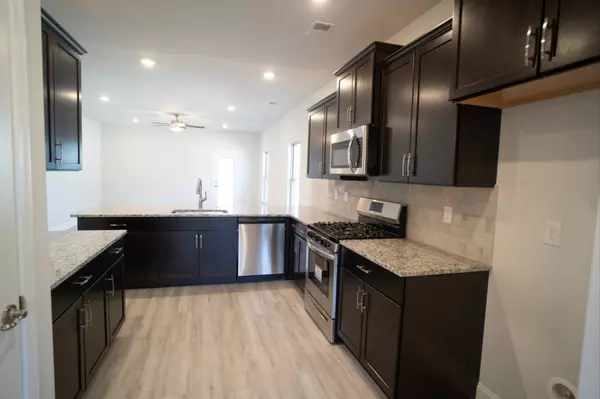Buyer’s Guide: Navigating “As Is” Home Listings


When browsing home listings, you might come across properties marked as “as is.” This term can often cause concern among potential buyers, leading to questions like, “What’s wrong with the home?” or “Should I stay away?” However, understanding what “as is” truly means can turn this potential red flag into a valuable opportunity. Here’s what you need to know:
What Does “As Is” Really Mean?
The term “as is” simply indicates that the seller is not willing to make repairs or updates to the property before the sale. It’s a way for sellers to signal that they want to sell the home in its current condition, without committing to any fixes or improvements. This doesn’t necessarily mean the home is in disrepair—it often just means the seller is looking for a quick sale without additional costs.
Don’t Let “As Is” Scare You
1. It’s Not Always a Fixer-Upper: Many homes listed “as is” are in good condition but simply have minor issues that the seller does not want to address. The term does not automatically mean you’re looking at a major renovation project.
2. You Still Have Rights: Even when a home is listed “as is,” you are not agreeing to accept the property in any condition without recourse. You still have the right to conduct a thorough inspection. This is your opportunity to assess the home’s condition and identify any significant issues.
3. Negotiation is Key: After your inspection, you can still request repairs or credits for major issues found during your evaluation. While the seller may or may not agree to address these concerns, your ability to negotiate remains intact.
How to Approach “As Is” Listings
1. Conduct a Comprehensive Inspection: Hire a professional inspector to thoroughly evaluate the property. Pay special attention to structural issues, electrical systems, plumbing, and other critical components.
2. Understand the Home’s Condition: Use the inspection report to gauge the true state of the home. Some “as is” listings might require significant work, while others may just need minor updates.
3. Evaluate Your Options: Consider the cost of any necessary repairs against the home’s price and your long-term plans. If the home fits your needs and the repairs are manageable, an “as is” listing could be a great opportunity.
4. Discuss With Your Agent: Work closely with your real estate agent to navigate the terms of an “as is” sale. They can help you understand your options and negotiate effectively.
Conclusion
An “as is” listing doesn’t have to be a deal-breaker. With the right approach, it can be a chance to find a home that suits your needs and offers potential savings. By conducting thorough inspections, understanding the property’s condition, and negotiating effectively, you can turn an “as is” listing into a successful home purchase. Embrace the process with confidence, and you might just find your perfect home!
Recent Posts











